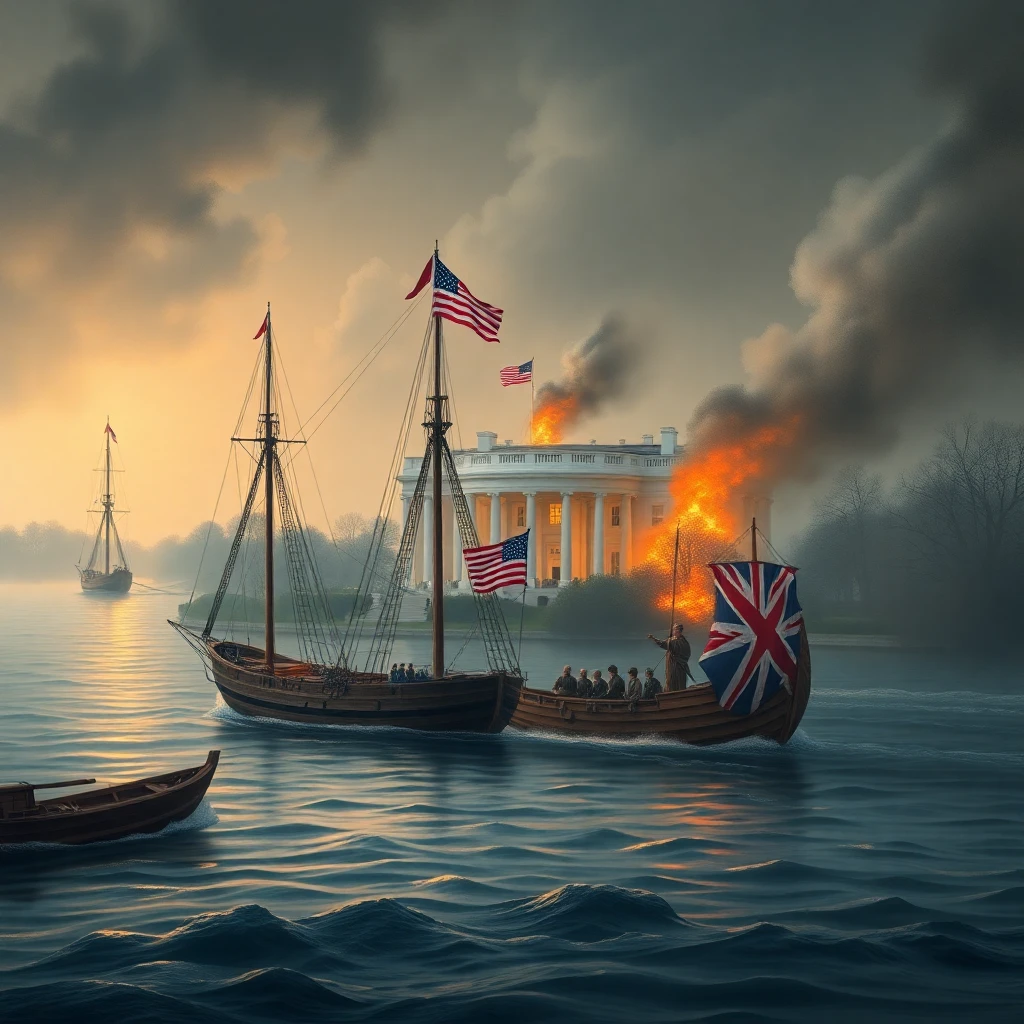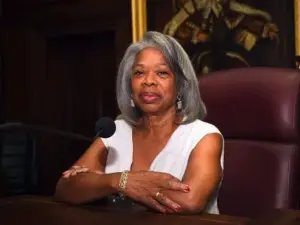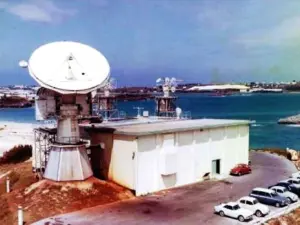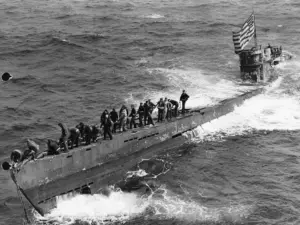- Description
- Curriculum
© BemudaArchives.com
Showing the noteworthy, quote worthy and newsworthy events for this critical period in Bermuda’s unique history. As merely one example, as recorded later on in this file, it was the place from which British troops sailed to launch their successful July 1814 Attack on Washington DC and burnt the White House. Later, Bermuda was a prominent mid-Atlantic base for Southern agents and their ships in the US Civil War.
-
1Formative Years: A Comprehensive Chronicle of Naval Expansion, Social Evolution, and Colonial Challenges, 1800-1825
These historical excerpts primarily document events in Bermuda between 1800 and 1825, touching on various facets of life including political developments, such as the struggle for Methodist recognition and Governor Hodgson's clashes with the local assembly. The sources also detail economic activities, like salt shipping, shipbuilding for the Royal Navy using Bermuda cedar, and the beginnings of prominent businesses. Significant attention is given to social changes, including the legal status and treatment of enslaved and free Black people, the impact of the abolition of the slave trade, and the arrival of both refugees and British convicts who were instrumental in building the Royal Naval Dockyard. Finally, the text highlights Bermuda's strategic military importance, particularly during the War of 1812, noting naval activities, fortifications, and the impact of these events on the island.
-
2Turbulent Transition: Convicts, Emancipation, and Imperial Ambitions, 1826-1849
These texts primarily document events in Bermuda between 1826 and 1849, highlighting the shift of the capital, the arrival and labor of convicts constructing the Dockyard, and significant developments in infrastructure, such as roads, bridges, and lighthouses. The sources also cover social changes, including efforts towards educating Black individuals, the abolition of slavery and its immediate aftermath, and the arrival of Portuguese immigrants. Furthermore, they detail the establishment of key institutions like The Royal Gazette newspaper and the Royal Bermuda Yacht Club, alongside notable figures and occasional natural disasters and disease outbreaks.
-
3A Decade of Change: 1850-1860
Illustrating a period of significant development and change on the island. The entries cover a wide array of topics, including infrastructure projects like the building of Temperance Hall, Grey's Bridge, and the Hamilton Hotel, alongside naval activities at the Dockyard, including fortifications and the introduction of new weaponry. Furthermore, the sources detail social and economic aspects, such as the arrival of convict labor, the introduction of steamship services by Samuel Cunard, early tourism efforts, and the establishment of schools and religious institutions. The period also saw public health crises with severe yellow fever epidemics and notable natural events and local stories, providing a multifaceted view of life in Bermuda during this decade.
-
4During the American Civil War, 1860-1865
Bermuda's significant involvement during the American Civil War (1861-1865), highlighting its role as a crucial transshipment point for Confederate blockade runners supplying the South with goods and receiving cotton in return. The island's Confederate sympathies are evident, contrasting with the presence of the US Consul and the Union naval blockade that aimed to disrupt this trade. Beyond the war years, the sources touch upon Bermuda's social and infrastructural developments, including the establishment of new churches, improvements to military defenses like forts and telegraph lines due to perceived threats post-war, and the beginnings of its tourism industry. The narrative also features notable figures like US Consul Charles Maxwell Allen, Confederate agents, and later, Mark Twain, providing glimpses into the island's wartime and post-war experiences.
-
5Fenians, Floating Docks, and Twain, 1866-1878
reveal a period of significant change and activity in Bermuda. Concerns about Fenian and potential US attacks led to increased military preparedness and the construction of fortifications like Fort Scaur and the Causeway. The establishment of the St. George's Marine Slip Company indicates developing infrastructure, while the arrival of the floating dry dock "Bermuda" greatly enhanced the Royal Naval Dockyard's capabilities. This era also witnessed social developments, including the return of Joseph Rainey to the US and his subsequent political career as the first African American Congressman, the beginnings of the African Methodist Episcopal Church in Bermuda, and the founding of the Berkeley Educational Society to educate Black children. Furthermore, the text highlights the beginnings of tourism, with visits from figures like Mark Twain and Princess Louise, alongside various shipwrecks and maritime events, and the establishment of the Bermuda Police Force.
-
6introduction of telephones and the phonograph 1880-1889
These texts primarily chronicle events in Bermuda between 1880 and 1889, offering insights into the island's social, economic, and political developments. The sources detail significant occurrences such as the wreck of a ship, the introduction of new technologies like telephones and the phonograph, and the impact of prominent visitors including Princess Louise and Lady Brassey. Furthermore, they cover changes in infrastructure like the rebuilding of a cathedral and the conception of the Watford Bridge, as well as the evolution of local institutions like banks and newspapers. The emergence of tourism and its early promotion are also highlighted, alongside mentions of political figures and events shaping Bermuda during this decade.
-
71890-1899: Progress and Transformation
he provided texts primarily cover events in Bermuda between 1890 and 1899, highlighting key developments across various sectors. Significant infrastructure advancements included the establishment of the first telegraph cable linking Bermuda to Halifax and onward, revolutionizing communication. Military affairs saw the formation of the all-black Bermuda Militia Artillery and the Bermuda Volunteer Rifle Corps, reflecting evolving defense strategies and social dynamics. Social and cultural changes involved the opening of Mount Saint Agnes Academy and the Berkeley Institute for black students, alongside the beginnings of a women's suffrage movement. Economic shifts were influenced by declining agricultural exports due to US tariffs, countered by the nascent tourism industry, attracting visitors like former President Hayes and inspiring artistic works by Winslow Homer.





